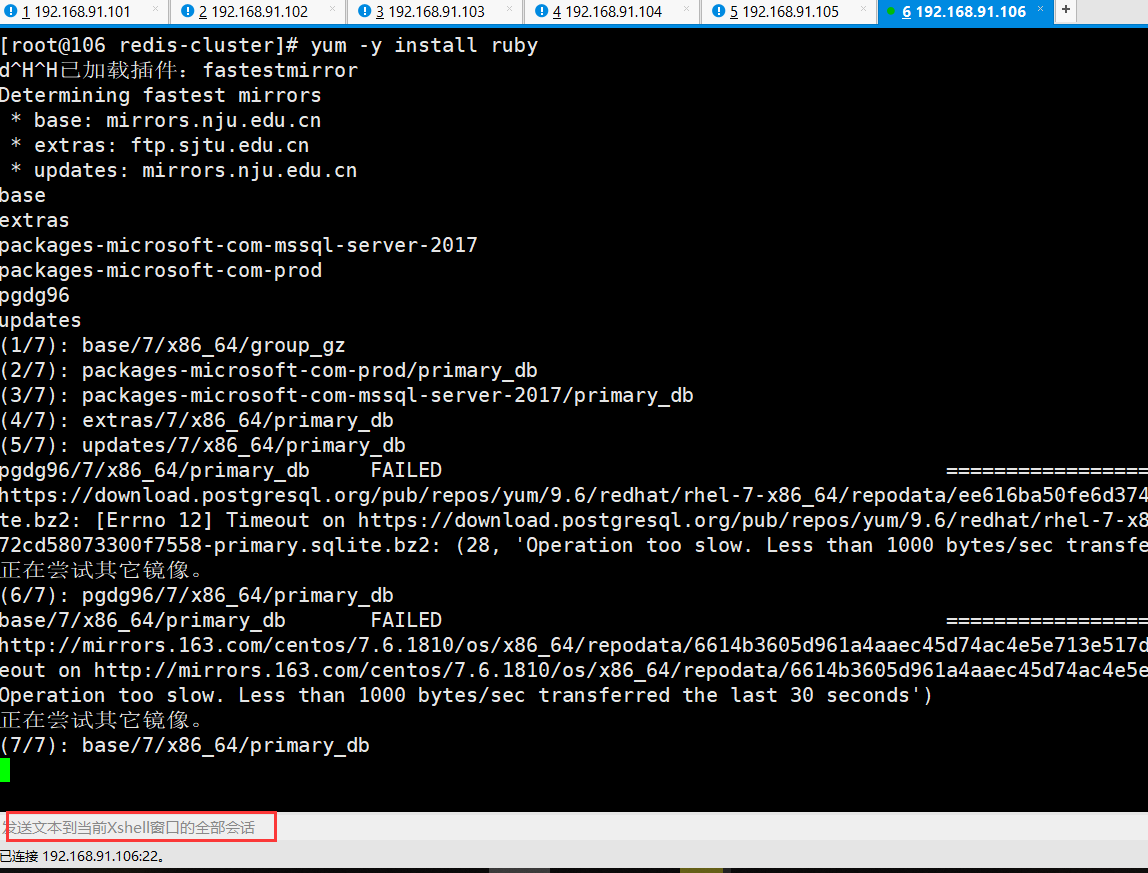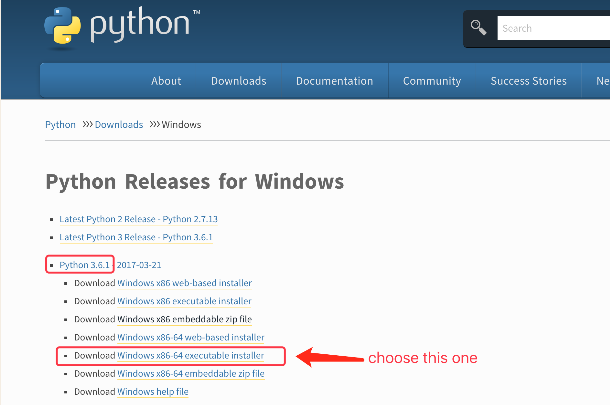嗨,我使用设计我的用户身份验证
我已经按照各种教程在弹出窗口中获取登录但是我没有成功,任何人都可以告诉我们如何详细说明.我已经尝试了各种教程,但没有任何工作,每一件事都重定向到登录页面.
我是铁路的新手请帮忙.
我无法在同一页面上登录
这是我的new.html.erb
<%= form_for(:user,:html => {:id => 'login_form'},:url => user_session_path,:remote => :true,:format => :json) do |f| %>
<%= f.email_field :email,:autofocus => true,:placeholder => "email",:id => 'login_email' %>
<%= f.password_field :password,:placeholder => "password",:id => 'login_password' %>
<% if devise_mapping.rememberable? -%>
<div><%= f.check_box :remember_me %> <%= f.label :remember_me %></div>
<% end -%>
<div><%= image_submit_tag('modals/account/login_submit.png') %></div>
<% end %>
这是我的标题页面
<% if user_signed_in? %> <p>Welcome <%= current_user.email %></p> <%= link_to "Sign out",destroy_user_session_path,:method => :delete %> <% else %> <p>You are not signed in.</p> <%= link_to "Sign in",new_user_session_path,:remote => :true %> <% end %>
解决方法
首先,你想要
pop-up or a pop-over吗?
弹出窗口是新的Windows,让人想起90年代的广告,而弹出式窗口(有时称为模态)是UI中的集成元素,基本上只是黑暗背景上的div
所有Web 2.0站点都使用弹出窗口来增强可用性,而弹出窗口则会减损体验:)
约夏克布丁
我们已经实现了您所寻求的功能(点击this development site顶部的“登录”)
你需要做好几件事才能完成这项工作 – 我会在这里为你详细说明:
路线
#config/routes.rb
devise_for :users,:path => '',:controllers => {:sessions => 'sessions',:registrations => 'registrations'},:path_names => { :sign_in => 'login',:password => 'forgot',:confirmation => 'confirm',:unlock => 'unblock',:registration => 'register',:sign_up => 'new',:sign_out => 'logout'}
第一步是对您的路线进行排序
虽然Devise有good routing documentation,但您需要自定义路由以包含自定义会话/注册控制器,以及您想要的任何自定义路径
路线中最重要的部分是(你需要自定义控制器!):
:controllers => {:sessions => 'sessions',:registrations => 'registrations'}
控制器
接下来,您需要向会话和注册控制器添加ajax响应功能.即使Devise在每次安装时添加了这些控制器,它们仍然是隐藏的,如果你想添加功能,你必须扩展它们
这是我们的会议和注册控制器(可删除此代码的许多内容,但它现在适用于我们):
会议
#app/controllers/sessions_controller.rb
class SessionsController < DeviseController
prepend_before_filter :require_no_authentication,:only => [ :new,:create ]
prepend_before_filter :allow_params_authentication!,:only => :create
prepend_before_filter { request.env["devise.skip_timeout"] = true }
prepend_view_path 'app/views/devise'
# GET /resource/sign_in
def new
self.resource = resource_class.new(sign_in_params)
clean_up_passwords(resource)
respond_with(resource,serialize_options(resource))
end
# POST /resource/sign_in
def create
self.resource = warden.authenticate!(auth_options)
set_flash_message(:notice,:signed_in) if is_navigational_format?
sign_in(resource_name,resource)
respond_to do |format|
format.json { render :json => {},:status => :ok }
format.html { respond_with resource,:location => after_sign_in_path_for(resource) }
end
end
# DELETE /resource/sign_out
def destroy
redirect_path = after_sign_out_path_for(resource_name)
signed_out = (Devise.sign_out_all_scopes ? sign_out : sign_out(resource_name))
set_flash_message :notice,:signed_out if signed_out && is_navigational_format?
# We actually need to hardcode this as Rails default responder doesn't
# support returning empty response on GET request
respond_to do |format|
format.all { head :no_content }
format.any(*navigational_formats) { redirect_to redirect_path }
end
end
protected
def sign_in_params
devise_parameter_sanitizer.sanitize(:sign_in)
end
def serialize_options(resource)
methods = resource_class.authentication_keys.dup
methods = methods.keys if methods.is_a?(Hash)
methods << :password if resource.respond_to?(:password)
{ :methods => methods,:only => [:password] }
end
def auth_options
{ :scope => resource_name,:recall => "#{controller_path}#new" }
end
end
注册
#app/controllers/registrations_controller.rb
class RegistrationsController < DeviseController
prepend_before_filter :require_no_authentication,:create,:cancel ]
prepend_before_filter :authenticate_scope!,:only => [:edit,:update,:destroy]
before_filter :configure_permitted_parameters
prepend_view_path 'app/views/devise'
# GET /resource/sign_up
def new
build_resource({})
respond_with self.resource
end
# POST /resource
def create
build_resource(sign_up_params)
if resource.save
if resource.active_for_authentication?
set_flash_message :notice,:signed_up if is_navigational_format?
sign_up(resource_name,resource)
respond_with resource,:location => after_sign_up_path_for(resource)
else
set_flash_message :notice,:"signed_up_but_#{resource.inactive_message}" if is_navigational_format?
expire_session_data_after_sign_in!
respond_with resource,:location => after_inactive_sign_up_path_for(resource)
end
else
clean_up_passwords resource
respond_to do |format|
format.json { render :json => resource.errors,:status => :unprocessable_entity }
format.html { respond_with resource }
end
end
end
# GET /resource/edit
def edit
render :edit
end
# PUT /resource
# We need to use a copy of the resource because we don't want to change
# the current user in place.
def update
self.resource = resource_class.to_adapter.get!(send(:"current_#{resource_name}").to_key)
prev_unconfirmed_email = resource.unconfirmed_email if resource.respond_to?(:unconfirmed_email)
if update_resource(resource,account_update_params)
if is_navigational_format?
flash_key = update_needs_confirmation?(resource,prev_unconfirmed_email) ?
:update_needs_confirmation : :updated
set_flash_message :notice,flash_key
end
sign_in resource_name,resource,:bypass => true
respond_with resource,:location => after_update_path_for(resource)
else
clean_up_passwords resource
respond_with resource
end
end
# DELETE /resource
def destroy
resource.destroy
Devise.sign_out_all_scopes ? sign_out : sign_out(resource_name)
set_flash_message :notice,:destroyed if is_navigational_format?
respond_with_navigational(resource){ redirect_to after_sign_out_path_for(resource_name) }
end
# GET /resource/cancel
# Forces the session data which is usually expired after sign
# in to be expired now. This is useful if the user wants to
# cancel oauth signing in/up in the middle of the process,# removing all OAuth session data.
def cancel
expire_session_data_after_sign_in!
redirect_to new_registration_path(resource_name)
end
protected
# Custom Fields
def configure_permitted_parameters
devise_parameter_sanitizer.for(:sign_up) do |u|
u.permit(:first_name,:last_name,:email,:password,:password_confirmation)
end
end
def update_needs_confirmation?(resource,previous)
resource.respond_to?(:pending_reconfirmation?) &&
resource.pending_reconfirmation? &&
previous != resource.unconfirmed_email
end
# By default we want to require a password checks on update.
# You can overwrite this method in your own RegistrationsController.
def update_resource(resource,params)
resource.update_with_password(params)
end
# Build a devise resource passing in the session. Useful to move
# temporary session data to the newly created user.
def build_resource(hash=nil)
self.resource = resource_class.new_with_session(hash || {},session)
end
# Signs in a user on sign up. You can overwrite this method in your own
# RegistrationsController.
def sign_up(resource_name,resource)
sign_in(resource_name,resource)
end
# The path used after sign up. You need to overwrite this method
# in your own RegistrationsController.
def after_sign_up_path_for(resource)
after_sign_in_path_for(resource)
end
# The path used after sign up for inactive accounts. You need to overwrite
# this method in your own RegistrationsController.
def after_inactive_sign_up_path_for(resource)
respond_to?(:root_path) ? root_path : "/"
end
# The default url to be used after updating a resource. You need to overwrite
# this method in your own RegistrationsController.
def after_update_path_for(resource)
signed_in_root_path(resource)
end
# Authenticates the current scope and gets the current resource from the session.
def authenticate_scope!
send(:"authenticate_#{resource_name}!",:force => true)
self.resource = send(:"current_#{resource_name}")
end
def sign_up_params
devise_parameter_sanitizer.sanitize(:sign_up)
end
def account_update_params
devise_parameter_sanitizer.sanitize(:account_update)
end
end
形式
一旦添加了后端功能,就必须使表单启用ajax.这很简单:
登录
#app/views/devise/sessions/new.html.erb
<%= form_for(devise_resource,:as => devise_resource_name,:id => 'login_password' %>
<% if devise_mapping.rememberable? -%>
<div><%= f.check_box :remember_me %> <%= f.label :remember_me %></div>
<% end -%>
<div><%= image_submit_tag('modals/account/login_submit.png') %></div>
<% end %>
寄存器
#app/views/devise/registrations/new.html.erb
<%= form_for(devise_resource,:html => {:id => 'register_form'},:url => user_registration_path,:format => :json) do |f| %>
<div class="name_input_container">
<div class="name_input_cell">
<%= f.text_field :first_name,:class => 'first_name',:placeholder => 'first name' %>
<div class="error"><%= devise_resource.errors[:first_name].first if devise_resource.errors[:first_name].present? %></div>
</div>
<div class="name_input_cell_right">
<%= f.text_field :last_name,:class => 'last_name',:placeholder => 'last name' %>
<div class="error"><%= devise_resource.errors[:last_name].first if devise_resource.errors[:last_name].present? %></div>
</div>
</div>
<%= f.email_field :email,:placeholder => "email" %>
<div class="error"><%= devise_resource.errors[:email].first if devise_resource.errors[:email].present? %></div>
<%= f.password_field :password,:title => "8+ characters" %>
<div class="error"><%= devise_resource.errors[:password].first if devise_resource.errors[:password].present? %></div>
<%= f.password_field :password_confirmation,:placeholder => "confirm password" %>
<div class="error"><%= devise_resource.errors[:password_confirmation].first if devise_resource.errors[:password_confirmation].present? %></div>
<div class="option_buttons">
<div class="already_registered">
<%= link_to 'already registered?','#',:class => 'already_registered',:id => 'already_registered',:view => 'login' %>
</div>
<%= image_submit_tag('modals/account/register_submit.png',:class => 'go') %>
<div class="clear"></div>
</div>
<% end %>
使用Javascript
最后,您只需要能够处理来自Ajax的响应:
登录
//app/assets/javscripts/application.js
$(document).on('submit','#login_form',function(e) {
//do stuff here
}).on('ajax:success',function(e,data,status,xhr) {
//do stuff here
}).on('ajax:error',xhr) {
//do stuff here
});
寄存器
//app/assets/javascripts/application.js
$(document).on('submit','#register_form',function(e){
//do stuff here
}).on('ajax:success',xhr) {
//do stuff here
}).on('ajax:error',xhr) {
//do stuff here
});

 一、redis集群搭建redis3.0以前,提供了Sentinel工具来监控各...
一、redis集群搭建redis3.0以前,提供了Sentinel工具来监控各... 一编程与编程语言 什么是编程语言? 能够被计算机所识别的表...
一编程与编程语言 什么是编程语言? 能够被计算机所识别的表...